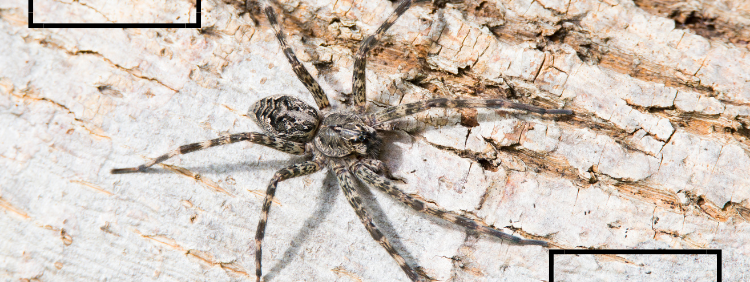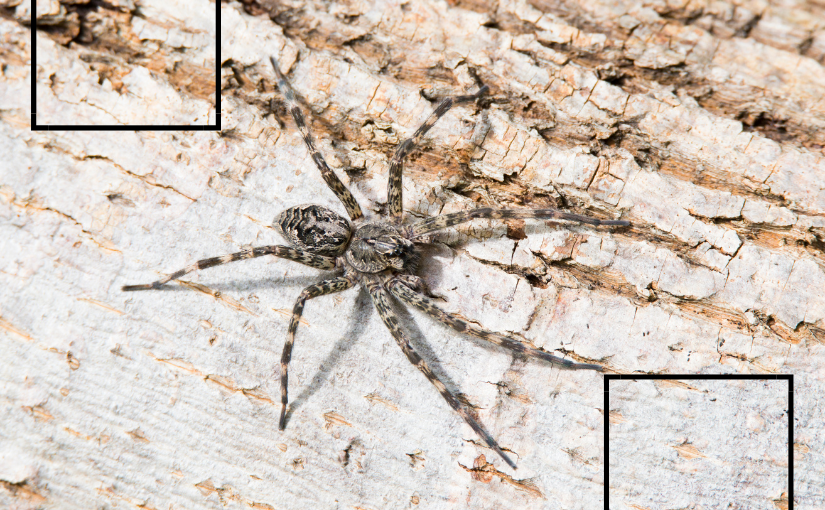
When thinking of creepy crawlies that send shivers down your spine, you probably imagine spiders. There are so many spider species, and some are scarier than others because of their size. But, how do they get so big? Speak to any spider control expert, and they will explain that arachnids have a hard exoskeleton.
If a spider does not have stretchy, malleable skin like mammals, how can it grow? The answer is molting — a process similar to amphibians and other anthropods that periodically “shed their skin.”
Defining Spider Molting
The exoskeleton of a spider is hard and not capable of stretching and evolving with its growth. For a spider to grow, it must break through the hard outer layer and shed its exoskeleton in a process known as molting.
Different species of spider molt at different times. For instance, araneomorphs continue molting until reaching sexual maturity, while even mature mygalomorphs shed once per year throughout their lives.
The molting process takes between 15 minutes and a full day, depending on the spider and its size. However, timing also varies from spider to spider.
The Importance of Spider Molting
If a spider did not molt, it could not grow and mature. The exoskeleton is inflexible. Therefore, if a spider does not or cannot molt, it cannot grow.
Additionally, the hard exoskeleton is essential for movement. The musculature of a spider is attached to the exoskeleton. However, for the spider to move, the exoskeleton must be hard.
While proper molting might leave the spider immobile for a bit, once the body rehardens, it can move again. Therefore, proper growth and function depend on the molting process. Additionally, the exoskeleton provides essential strength and protection.
How the Molting Process Works
While the actual molting of the old exoskeleton can take only a few minutes, growing the new one can take days or weeks. The inner layer of the exoskeleton is broken down, allowing the spider to absorb any existing nutrients.
The outer layer will remain intact, providing necessary protection until the new exoskeleton is ready. Inside, the spider is secreting a new exoskeleton that is soft and larger than the existing one.
Once the new exoskeleton is ready, the spider will break through the old one. It will pull itself free of its old “skin” and appear larger than it was.
The Danger of Molting
Despite the necessity of the molting process, it can be pretty dangerous for spiders. The molting phase presents a point when the spider is vulnerable to attack. In fact, roughly 85% of arthropod deaths occur during molting. Once the old exoskeleton is discarded, the spider must rely on the soft exoskeleton until it hardens.
Additionally, some spiders might struggle to break free of their old exoskeleton. For those that struggle, the result could be some form of suffocation or mutilation. Unfortunately, there is no avoiding the molting phases.
Spider Prevention
While the molting process is fascinating and spiders are beneficial, no homeowner wants their house overrun with arachnids. If you want to avoid infestations, there are several things you can do, including:
- Maintaining a clean and tidy house
- Sealing cracks and vulnerable entries
- Removing vegetation around the perimeter of the house
- Keeping outdoor lights off
There are other methods, like spraying pesticides, but those can be dangerous to children and pets. The best solution is to contact a professional pest control service.
Spiders are fascinating creatures, but having too many in or around your house can be a problem. If you are looking for four seasons pest control or help to resolve a spider problem, contact Truly Nolen. The company will send a licensed technician to assess your property and propose potential solutions.
